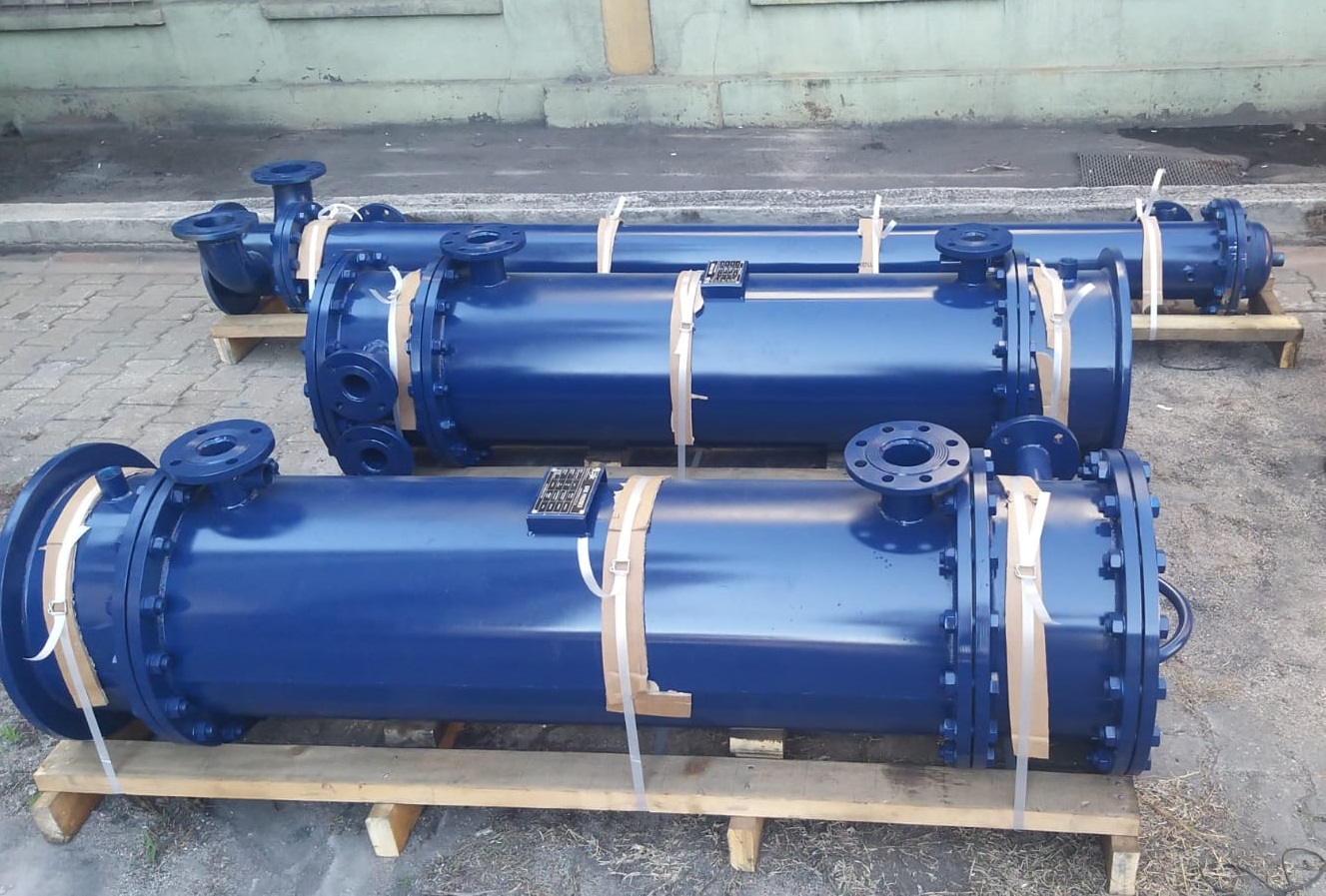An oil cooling exchanger is a cooling equipment used to reduce the temperature of oil in a machine or system.
An oil cooling heat exchanger is a cooling device used to lower the temperature of oil in a machine or system. Oil cooling heat exchangers allow flow of the oil to be in contact with cold weather or its water and acquire heat from these fluids. Oil cooling exchangers are commonly used to control the temperature of industrial machinery, automated vehicles, power units, and similar applications. They are essential cooling components that contribute to long-term performance, efficiency, and safety enhancement.
In oil processes, another crucial factor is the viscosity of the oil. Viscosity refers to the resistance of a fluid to flow. To put it simply, it indicates how easily the oil flows at a specified temperature. Thin oils have low viscosity and are more easily poured at lower temperatures compared to thicker oils with higher viscosity. Thinner oils with lower friction enable the process to start quickly in cold weather. On the other hand, thicker oils are better at maintaining film strength and oil pressure at higher temperatures. As the flow rate of the fluids with decreasing fluidity depending on the temperature or in other words, fluids with increasing viscosity within the exchanger decreases, this will cause to increase in energy consumption for the pumps needed to provide the required movement. This can result in reduced system efficiency. Selection of process fluid should be aligned with the required operating temperature ranges.

Oil cooling heat exchangers are used in various industrial and commercial applications, including the following:
1.) Industrial machinery and equipment 2.) Power generation plants
3.) Industrial processes
4.) Compressors and equipment
5.) Metalworking machine tools
6.) Mold and injection equipment
7.) Hydraulic presses
8.) In addition to these applications, oil cooling exchangers can be used in various commercial and industrial applications.